Popular on Food52
8 Comments
Jan
November 11, 2018
Is there any chance that the heat from the hot dish could melt the hot glue dot and allow the rope knots to unravel?
afbpatterson
June 4, 2015
Just a head's up / PSA that I bought 3 mm rope and set about doing this and it is laughably thin and looks nothing like the photos. I think you may have intended to recommend much, much thicker rope? Oh well, I was really looking forward to this project.
Laura K.
June 5, 2015
Hi there! Please note you'll need two pieces of rope (so you're essentially doubling the thickness!). Good luck!
Rouxfy
June 2, 2015
They are lovely. My only caveat is to make sure your rope doesn't contain plastic. That could melt when in contact with a hot pan.
Helen S.
June 2, 2015
Some idiot wrote the post for face book this has nothing to do with knitting. The posting of instructions was good though.
Michael B.
December 31, 2019
That’s because it’s a Knotted rope trivet, not a knitted rope trivet ;-)
afbpatterson
May 26, 2015
Oooh lovely! Do you have a link for the rope? Went to a craft store but couldn't track down lovely white rope like you used here. Thanks!
Laura K.
May 28, 2015
Hi there! Home Depot has great options for cotton rope. Here's a quick link: http://www.homedepot.com/s/cotton%2520rope?NCNI-5
You want between 3-4mm. I'd also recommend a trip to the local hardware store (some carry by the yard on spools vs. buying in bulk). Good luck!
You want between 3-4mm. I'd also recommend a trip to the local hardware store (some carry by the yard on spools vs. buying in bulk). Good luck!
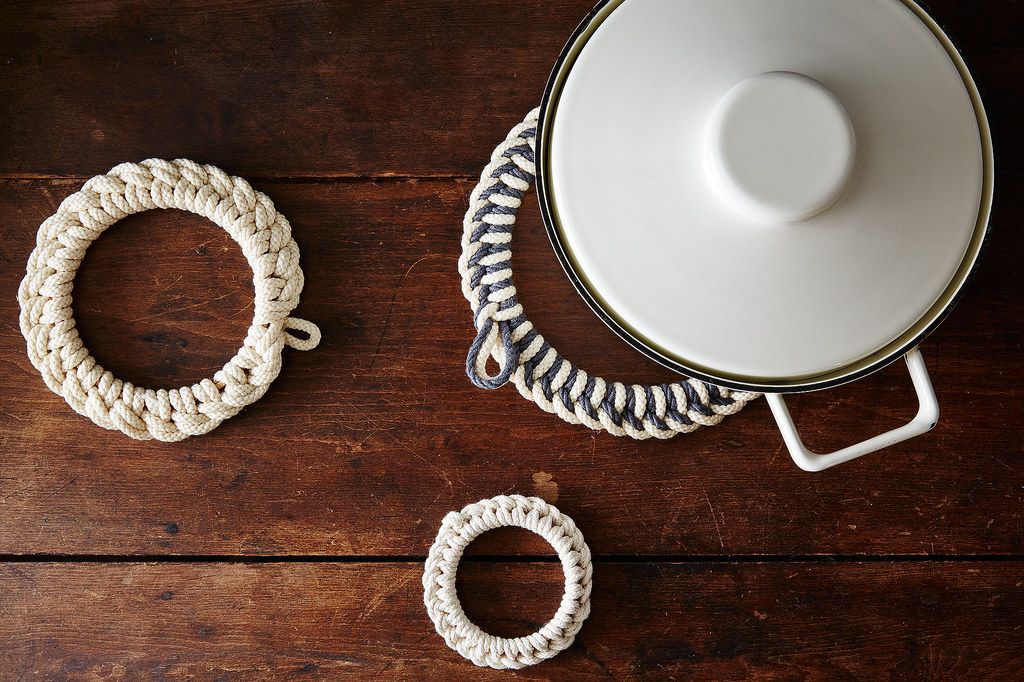
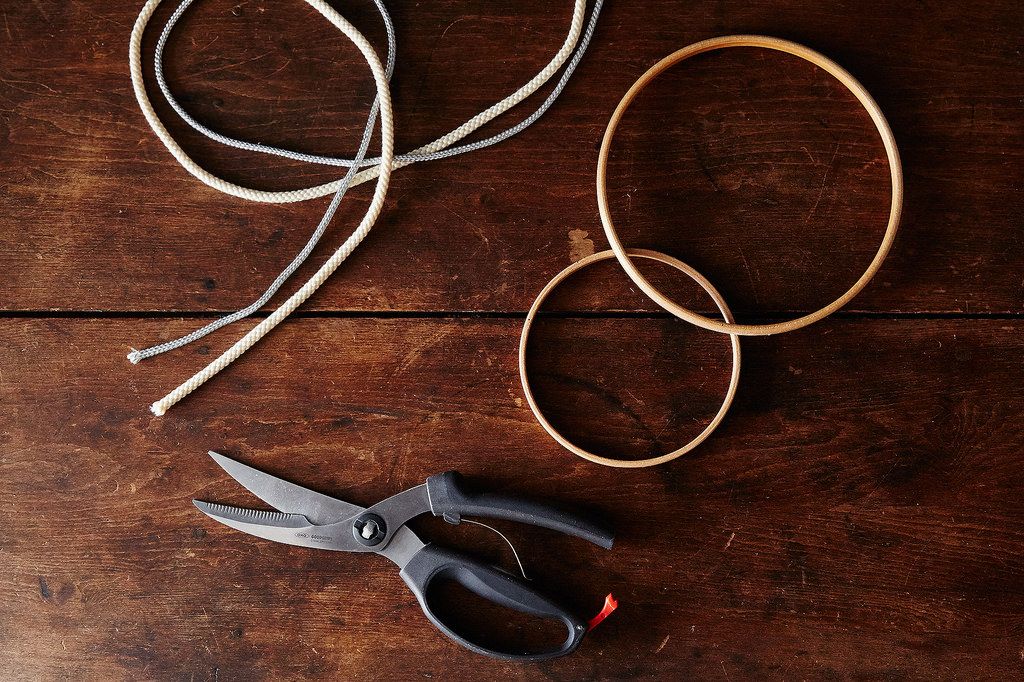
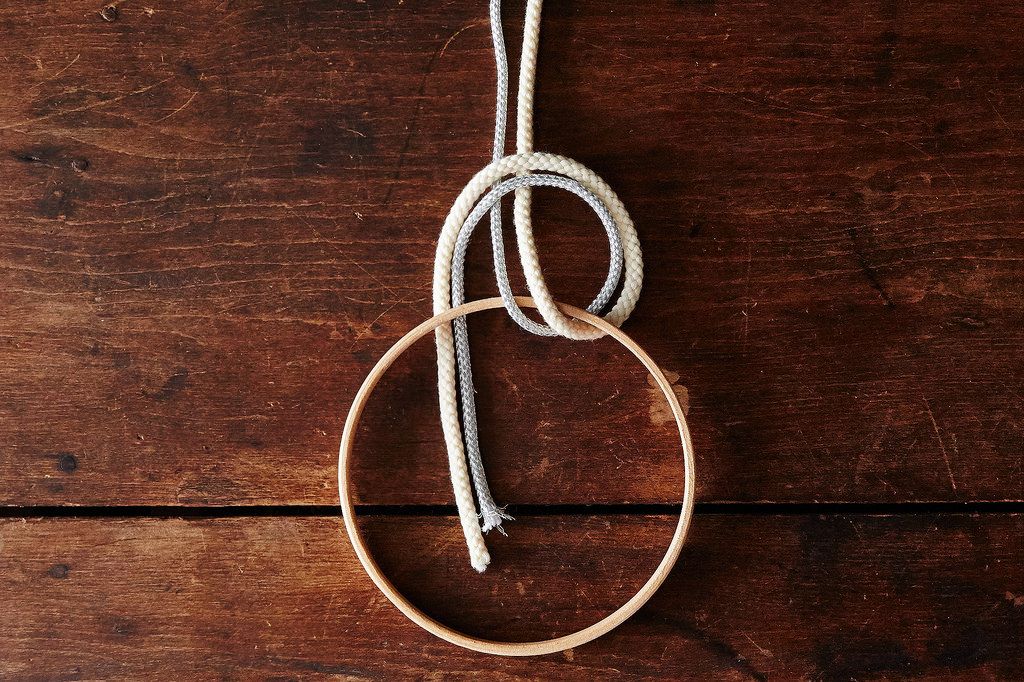
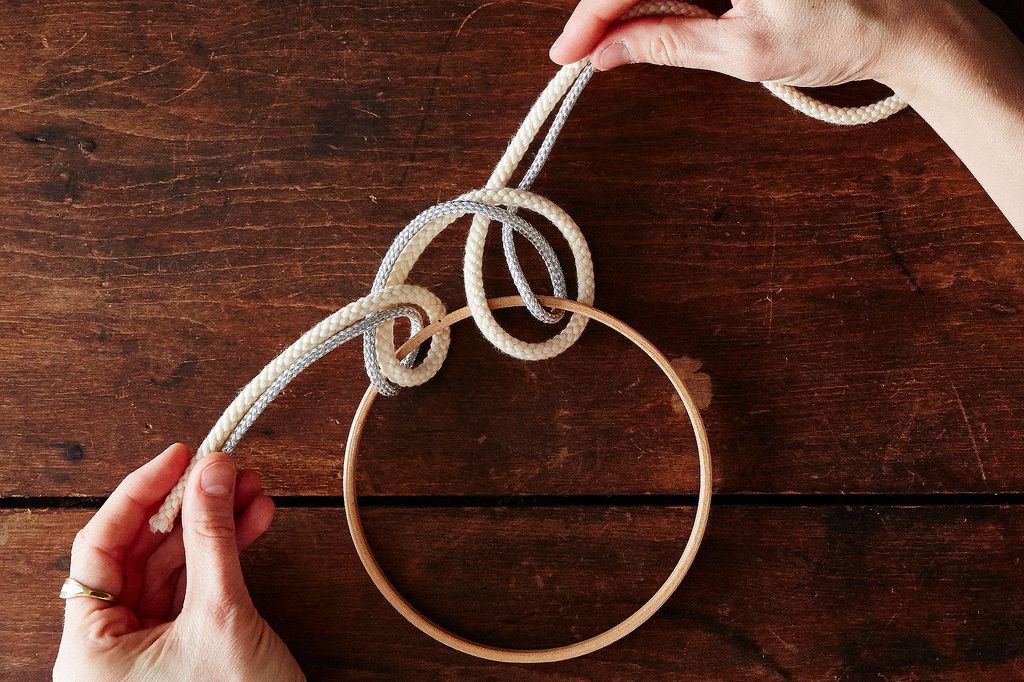
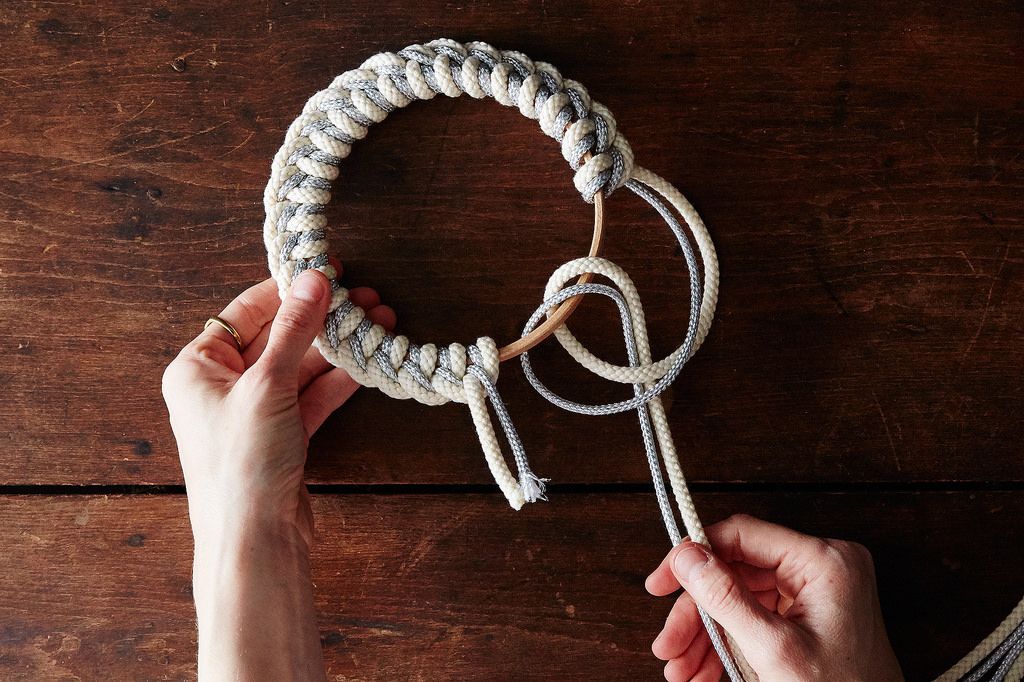
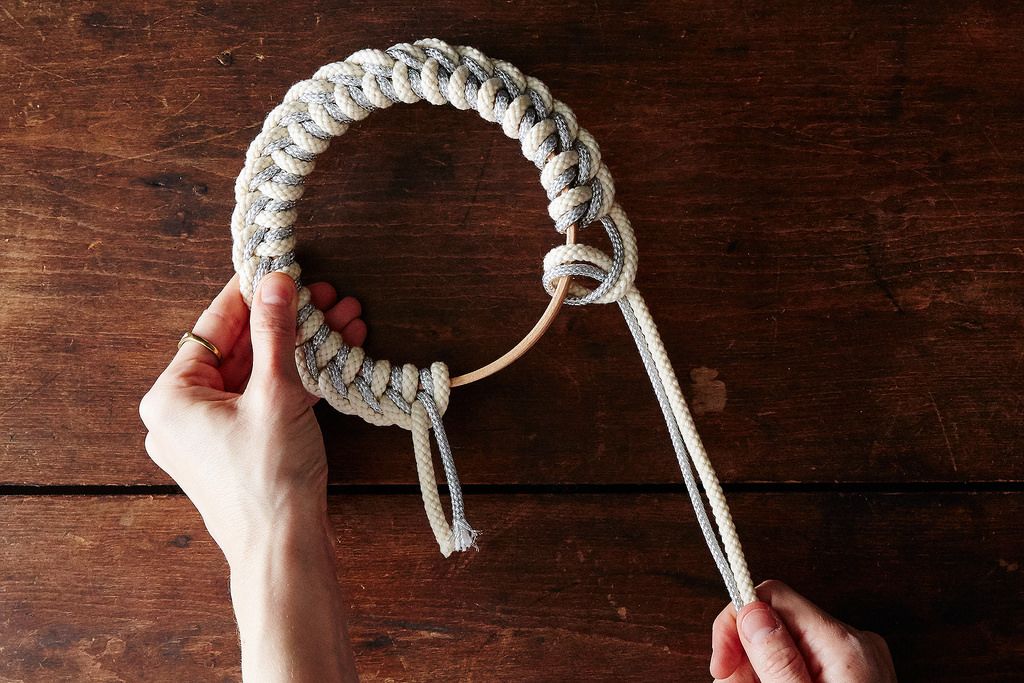
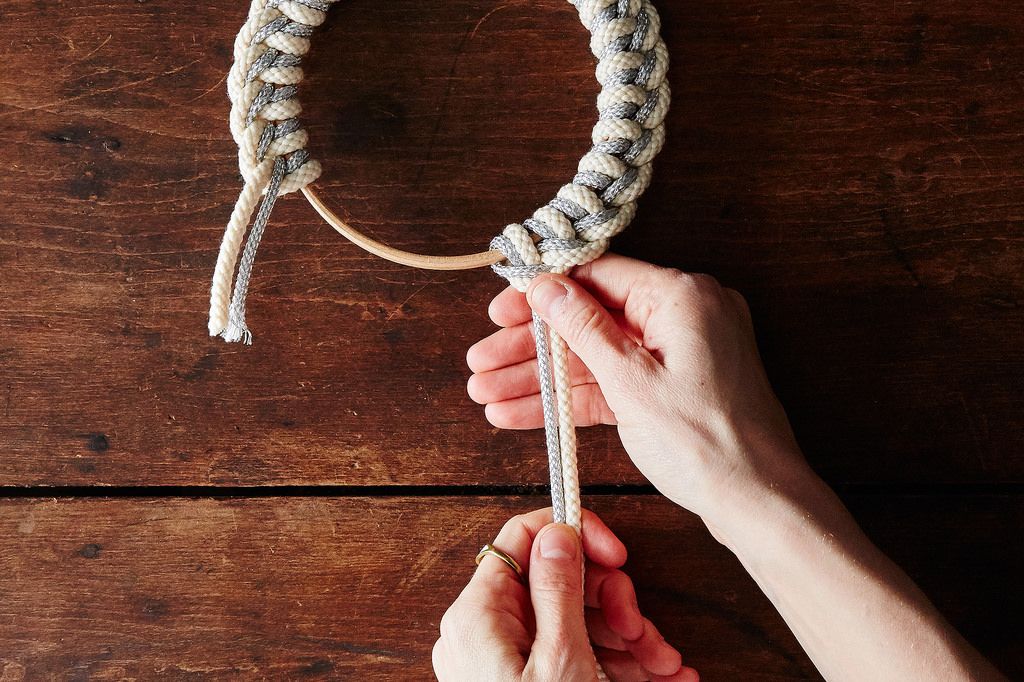
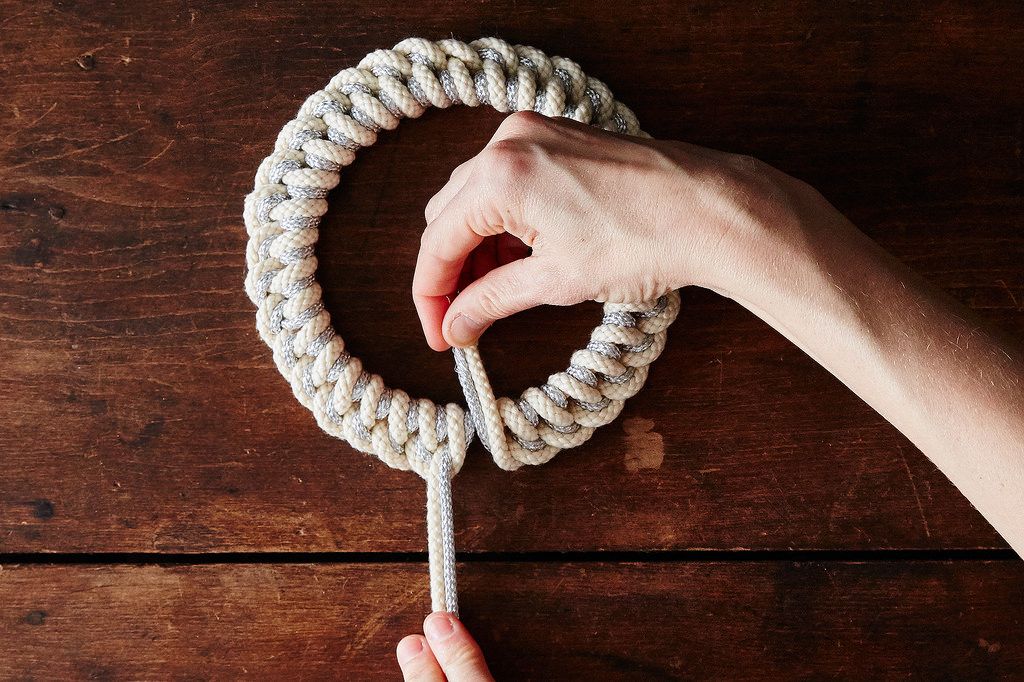
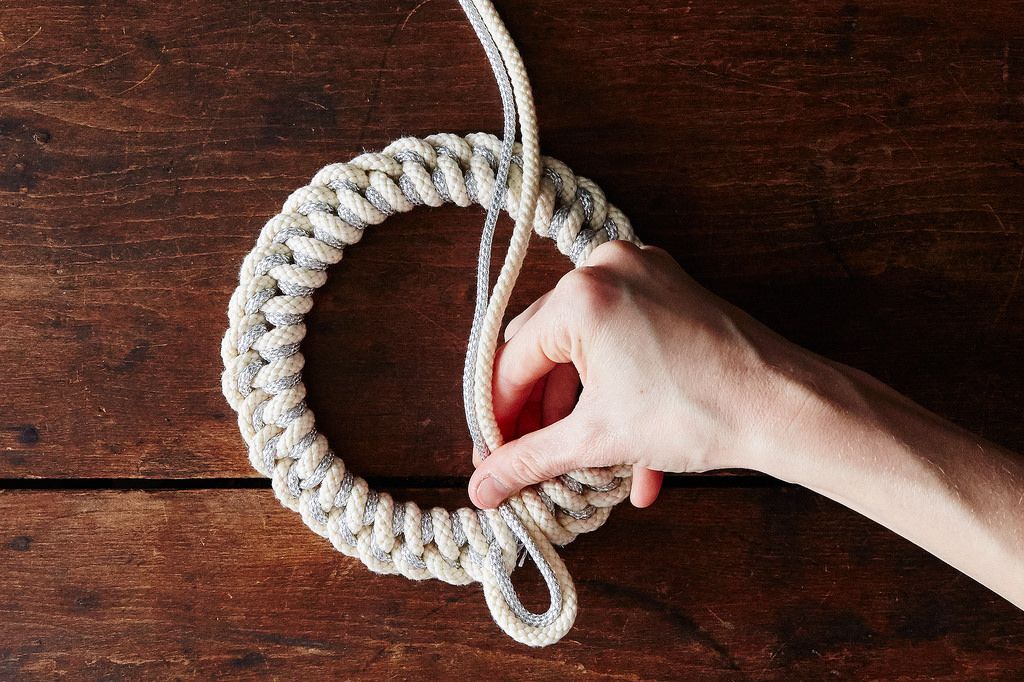

See what other Food52 readers are saying.